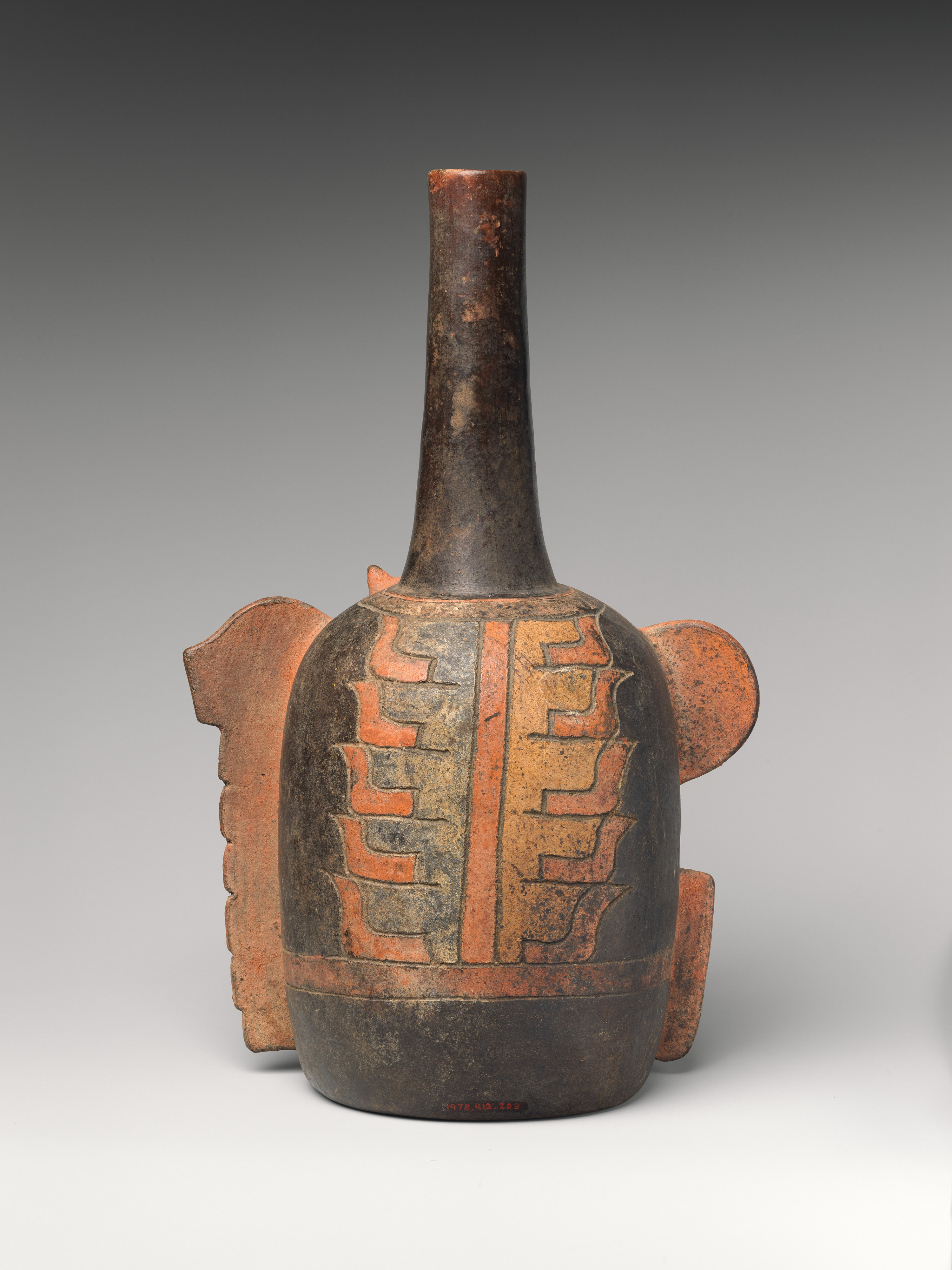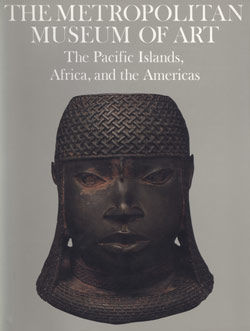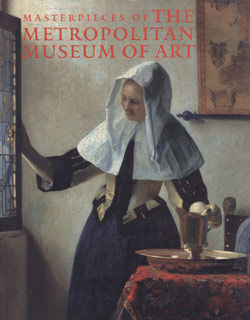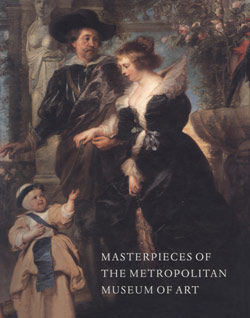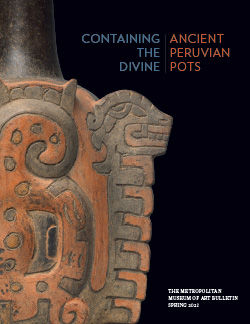Bottle with caiman
This bottle in the shape of an animal head was crafted by a Cupisnique artist between 1000 and 800 B.C. on the North Coast of Peru. Similar objects have been reportedly found in the Tembladera cemetery or other nearby sites in the middle section of the Jequetepeque Valley (Alva 1986, Lapiner 1976).
The construction of the bottle started with a simple form, a container with a single straight spout. Clay slabs were attached to the sides to create an expanded surface on which incised and appliquéd details were added. Central to the composition is an eye rolling upwards, a motif known today as the "eccentric eye," thought to be a representation of the effects of the consumption of hallucinogenic substances.
Several features suggest that the artist was inspired by a caiman, the largest reptile in South America. The rows of small teeth interspersed with larger canines evoke the caiman’s menacing dentition. Other features are also consistent with this identification. The inscribed circles on the face resemble the spots on the reptile’s skin, the bulbous eye ridges are reminiscent of the protruding eyes, and the spiral behind the eyes could be signaling its covered ears. The row of rectangular shapes with an "L" design above and below the head, and on the back of the vessel, may suggest the rows of thick scales or scutes of the caiman’s body.
Together with felines and raptorial birds, these large reptiles are at the top of the food chain in the Andes. Cupisnique and Chavín artists combined elements of multiple predators to compose fantastic, multispecies bodies. The rectangular motifs that symbolize the scutes of the caiman are identified as feathers in other images, leaving open the possibility that this sculpture is also a chimeric composition, typical of this early art.
The composition and constituents of this bottle also reflect the broad geographical extent of the interaction networks between communities during this period. Although crafted by a potter from a coastal valley on the western slopes of the Andes, the animal that inspired the image, a caiman, lives either in the Amazon rainforest of the eastern slopes, or in the tropical landscapes near the modern Peruvian-Ecuadorian border. The red pigment that covers much of the dark surface of the bottle is cinnabar, a very toxic substance but one that provides painters with a very bright red that mimics fresh blood. Cinnabar sources were located in the Huancavelica highlands, hundreds of miles to the south of the origin of this bottle.
Hugo C. Ikehara-Tsukayama, Andrew W. Mellon Curatorial/Collection Specialist Fellow, Arts of the Ancient Americas, 2022
References and Further Reading
Alva, Walter. Frühe Keramik aus dem Jequetepeque-Tal, Nordperu: Cerámica temprana en el valle de Jequetepeque, norte del Perú. Materialen zur Allgemeinen und Vergleichenden Archäologie, vol. 31. München: Verlag C.H. Beck, 1986.
Burger, Richard L. Chavin and the Origins of Andean Civilization. London: Thames and Hudson, 1992.
Burtenshaw-Zumstein, Julia T. Cupisnique, Tembladera, Chongoyape, Chavín? A Typology of Ceramic Styles from Formative Period Northern Peru, 1800-200 BC. Unpublished PhD dissertation. Norwich: University of East Anglia, 2014.
Contreras, Daniel A. "How Far to Conchucos? A GIS Approach to Assessing the Implications of Exotic Materials at Chavín de Huántar." World Archaeology, vol 43, no 3 (2011), pp. 380-397.
Lapiner, Alan C. Pre-Columbian Art of South America. New York: H. N. Abrams, 1976.
Roe, Peter G. "How to Build a Raptor: Why the Dumbarton Oaks "Scaled Cayman" Callango Textile is Really a Jaguaroid Harpy Eagle" in Chavin Art, Architecture and Culture, edited by William J. Conklin and Jeffrey Quilter, pp. 181-216. Los Angeles: Cotsen Institute of Archaeology, University of California, 2008.
#1626. Feline-Head Bottle
Due to rights restrictions, this image cannot be enlarged, viewed at full screen, or downloaded.
This artwork is meant to be viewed from right to left. Scroll left to view more.


